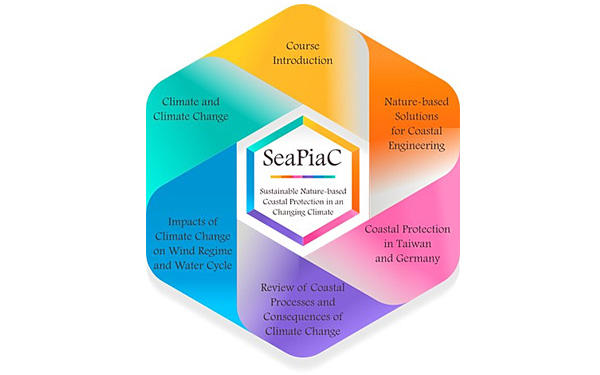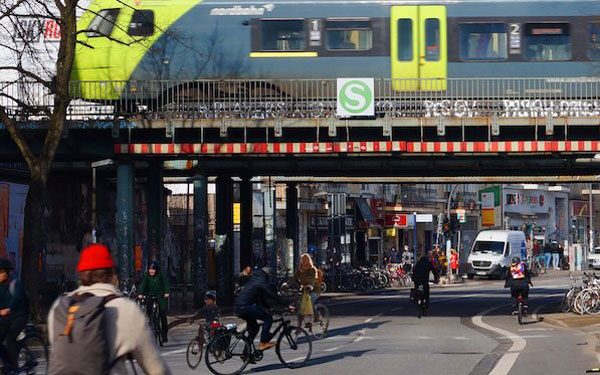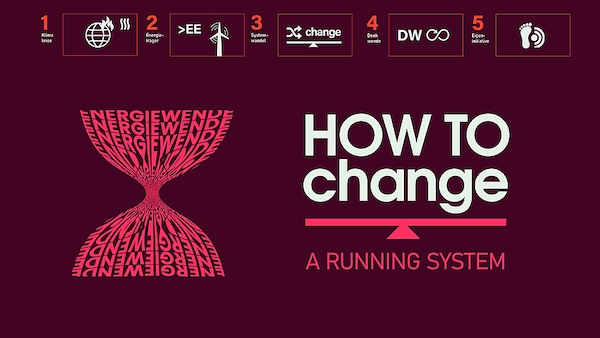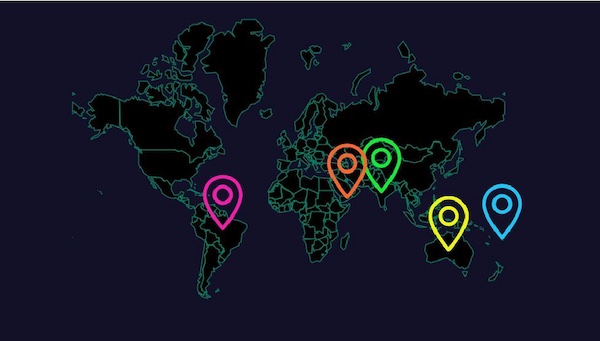
SeaPiaC
This learning arrangement provides an wide-ranging insight in the potential of nature-based solutions as coastal and flood protection.
Go to courseWhat to expect
Coastal areas play an important role as places of settlement, trade and industry. World-wide more than around 100 million people worldwide live in flood-prone or potentially flood-prone areas. Without coastal protection and technical and administrative coastal protection measures, large parts of coastal areas would be regularly flooded and thus not or hardly useable. This is particularly evident, for example, in the low-lying marsh areas of northern Germany, which would be regularly flooded without coastal protection and also obvious for an Island like Taiwan where the safety of all activities at the coast depend on an effective coastal protection. Taiwan is located in the subtropical zone and is always threatened by typhoons that cause enormous losses of the human life and property every year especially in coastal areas. Changing climate influences the processes taking place in coastal zone and has an impact on current and future coastal protection. Hydrometeorological loads on coastal areas and coastal protection structures will increase. In order to ensure future settlement and trade activities in these areas and to protect the coasts from the effects of climate change, it is necessary to rethink coastal protection strategies and measures. The focus here is on sustainable nature-based a strategies and measures.
Learning objectives
At the end of the course, the participants have deepened their understanding of the causes of climate change and the impacts on the components of the regional water cycle and the wind regime in general and their manifestations in the coastal areas of Germany and Taiwan. The participants can understand and assess the consequences of changing hydrological and marinemeteorological boundary conditions and their extremes for coastal hydrodynamic and morphodynamic processes and for the coastal areas themselves.
In addition, they have explored basic adaptation strategies and measures for climate change adaptions. A special focus lies on Nature-based solutions (NBS) and their implementation for coastal and flood protection in addition to classical coastal protection measures. The participants know about the development of NBS, the different concepts of NBS and their potential in coastal and flood protection.
Learning method
Within the SeaPiaC learning arrangement the following topics from the field of coastal engineering are discussed in more detail:
- Fundamentals and findings on climate change and climate change related impactson regional wind regime and water cycle
- Knowledge of hydrodynamic and morphodynamic processes in the coastal zone
- Knowledge of the impacts of climate change in coastal hydrodynamics and morphodynamics processes
- Susatainable nature-based approaches of coastal protection in the context of classical coastal measures
We discuss the above mentioned topics against the background of the different natural coastal conditions prevailing on the coast if Taiwand and Germany.
More info
Prof. Dr.-Ing. Peter Fröhle
Related courses

Go to course

Go to course

Go to course

Go to course

Go to course

Go to course

Go to course

Go to course

Go to course

Go to course

Go to course

Go to course

Go to course

